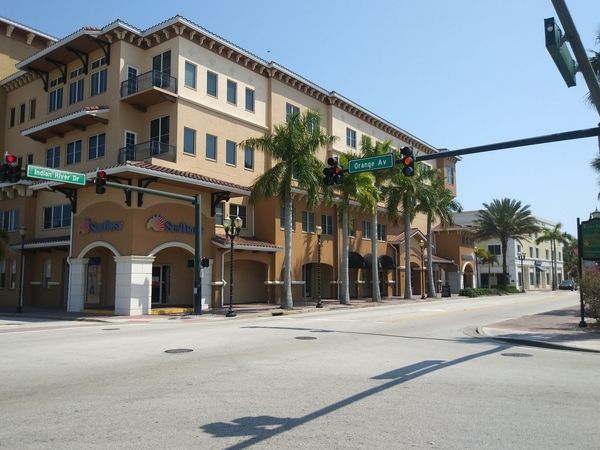Do you want to give your SEO a real boost? Start optimizing images with alt tags and making sure you have content filled with responsive images. Google image search is a powerful tool that you can use to your advantage with just a few easy optimizations geared towards image SEO.
Over 20% of all search engine inquiries happen on Google Images. That’s why image SEO matters more than ever. If you overlook or dismiss the importance of image optimization, you’ll fall short in your rankings on all search engines.
Follow these SEO best practices and tips and watch your image search results drastically improve. You’ll be well on your way to top placement in Google images and other search engines.
START WITH THE OPTIMAL IMAGE FORMAT
So you found the perfect image visually. But, alas, the image quality isn’t so hot. This matters a lot.
If you primarily use stock photos, you’ll want to make sure you’re purchasing the right image file for your web page. The most common image format options for the web are:
JPEG: usually a smaller file size, but not the highest resolution images for your visual content.
PNG: these files are usually high-quality images, which might affect your site speed and page load time.
Image file sizes definitely have their pros and cons. Think about what your on-page SEO goals are and set your own SEO best practices accordingly.
COMPRESSING IMAGES
Want to slow down your page load times? Try adding huge image formats, and watch your website go from fast to painfully slow.
Obviously, you don’t want that. This is where image sizing becomes crucial.
As you add images to a web page or a blog post, you’ll first want to change the image dimensions and resolution in software like Adobe Photoshop. We’d also recommend WP Smush as a WordPress plugin that automatically compresses your image sizes.
If you’re unsure of how image size is affecting the speed of your pages, you can use Google’s PageSpeed Insights tool to help you create SEO-friendly images.
The time you take for image compression isn’t intensive and is more than worth the extra bit of effort to up your search rankings.
FROM STOCK TO CUSTOM IMAGES
We found that we often waste a lot more time searching for a relevant image in a stock library, rather than simply creating unique images to reach our Google image search goals.
Search engines prefer original images because it creates a better user experience.
You don’t want to look like all those other sites that are teeming with boring stock images that users can detect as staged and inauthentic. When a user performs an image search, you want your content to stand out on all search engines and on your website.
While Google images prefer images with large file sizes (at least 1200 pixels), it’s important that you balance larger file sizes with site speed. Upload images that are the real dimensions that your website needs, not just what you think Google will want.
CUSTOMIZE IMAGE FILE NAMES
When it comes to winning at image SEO, the file names for your images are crucial. Search engine crawlers go deep, and those image alt tags can gain you a significant competitive edge.
The image alt text should be descriptive and keyword rich. When users perform a visual search, the alt text of your visual images will significantly boost your image SEO and should be an integral piece of your SEO best practices.
Make sure your alt descriptions are relevant for each of your optimized images.
When you take the time to change the image alt tag, you help search engines like Google understand your image title to improve your image SEO results.
CREATE ALT TEXT THAT IS SEO-FRIENDLY
In the same way that content SEO best practices include writing text that is keyword-rich, the same is true for alt text.
Sometimes browsers can’t properly render images and your visual content. This is when a good alt tag is crucial. The alt attribute will be used as a descriptor of the contents of your image file.
You might have noticed that when images won’t load, image boxes with alt tags appear in the top left corner. Make sure these fit in with the image and create a relevant picture.
As you pay attention to the file name and alt attributes of each image, you’ll see your image SEO improve as well as your overall SEO for each page.
CONSIDER IMAGE STRUCTURED DATA
Google uses the file path and file name to rank images. To add structured data to your images isn’t difficult.
Best practices for structured data include structuring your subfolders to more category-related topics rather than placing all of your product images into a generic media folder.
WRITE YOUR PAGE TITLE AND DESCRIPTION
Google also made it known that it uses page titles and descriptions as part of its search algorithm.
All the basic SEO pieces like metadata, copy on the page, header tags, etc. affect the way you’re ranked in a Google search inquiry.
In conclusion, if you want to improve your search results, use high-quality images and make sure you label and describe image files and alt tags.
Image SEO may sound like it takes a lot of effort, but once you do it the first time, it comes quickly and is completely worth the effort.



